Tour highlights Greenfield ties to Underground Railroad, abolitionist movement
| Published: 10-10-2021 3:29 PM |
GREENFIELD — More than two dozen people took to the city’s streets Saturday for a walking tour highlighting local ties to the Underground Railroad and abolitionist movement.
The tour was led by Greenfield High School history teacher Luke Martin, Greenfield High School senior Kris Bostrom and local private researcher Carol Aleman. Attendees were taken to houses and buildings on High and Main streets, as well as one final stop on Davis Street.
Each stop on the tour represented a potential stop on the Underground Railroad — although there is scant hard evidence because of the required secrecy — or a place where prominent abolitionists spoke.
Tour attendees were also given “The Road to Freedom,” a document published by the Greenfield Human Rights Commission, the Greenfield Historical Commission and the Pioneer Valley Institute at Greenfield Community College summarizing Underground Railroad and abolitionist history in Greenfield. “The Road to Freedom” can be found at bit.ly/2YCSsM1
Between the existence of multiple routes to Canada and the strict penalty for harboring slaves under the Fugitive Slave Act of 1850, which allowed the capture and return of escaped slaves, Martin said there likely was some Underground Railroad activity in the area, but not a lot.
“The Connecticut River Valley was not a primary route,” Martin said. “There were harsh punishments for harboring slaves.”
The tour began with 53 High St. and 500 Main St., which are two homes previously owned by George Grennell Jr. in the 19th century. Grennell was a U.S. representative from 1829 to 1839 and served in the Franklin County court system for decades. Aleman described Grennell as a well-respected and powerful citizen of Greenfield who — even if he did not directly harbor slaves through an Underground Railroad stop — actively opposed slavery and was an advocate for the Whig and Free Soil political parties.
“His house is believed to be a stop, but we don’t know for sure,” Aleman said. “He was a powerful person in town and as far as I can tell, he was quite well regarded.”
Article continues after...
Yesterday's Most Read Articles
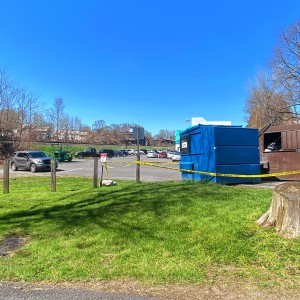 Greenfield man arrested in New York on murder charge
Greenfield man arrested in New York on murder charge
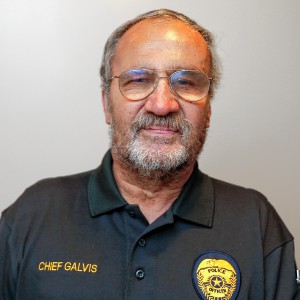 Former Leyden police chief Daniel Galvis charged with larceny
Former Leyden police chief Daniel Galvis charged with larceny
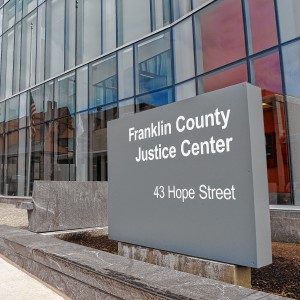 Judge dismisses case against former Buckland police chief
Judge dismisses case against former Buckland police chief
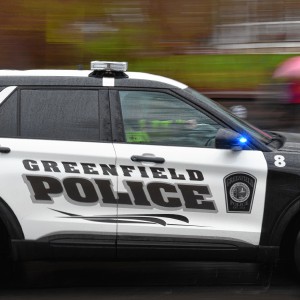 Greenfield Police Logs: April 9 to April 17, 2024
Greenfield Police Logs: April 9 to April 17, 2024
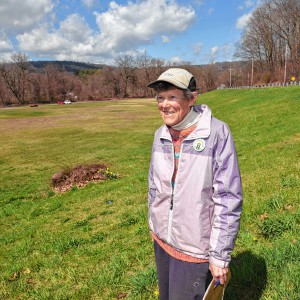 Millers Meadow idea would ‘completely transform’ Colrain Street lot in Greenfield
Millers Meadow idea would ‘completely transform’ Colrain Street lot in Greenfield
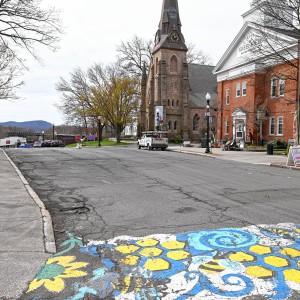 Greenfield’s Court Square to remain open year-round for first time since 2021
Greenfield’s Court Square to remain open year-round for first time since 2021
The Zion Korean Church and 473 Main St. were the next two stops on the tour. The church, which was originally named the Coldbrook Springs Baptist Church, was moved from Barre in 1936 where it had served as a prominent location on the abolitionist lecture circuit. According to Martin, speakers such as William Lloyd Garrison and Frederick Douglass had spoken at the church when it was in Barre.
Martin said the house at 473 Main St. was owned by a local merchant named Billy Elliot who supposedly harbored slaves in his house. This was only discovered after a 1934 column called “Old Timer Remarks,” which was published in the Greenfield Recorder, described Elliot’s house as a “frequent place of refuge for slaves fleeing from southern captivity.” Martin added the column is not solid proof it occurred, but there would likely be no evidence of it happening anyway because of the strict laws against harboring slaves.
“It was a casual remark in the paper,” Martin said. “How good is that evidence? The documentation is flimsy on purpose.”
The Greenfield Public Library and Baker Office Supply were the next two stops. The library was previously owned by the Leavitt family, who helped lead the abolitionist movement in Greenfield and across Franklin County. The second floor of Baker Office Supply hosted the office of John Putnam, a well-respected Black barber.
Bostrom said Putnam played an important role in the Underground Railroad as he was “the guy to get in touch with.”
The tour ended with the Veterans Mall and 63/65 Davis St. Veterans Mall used to be the location of Washington Hall, which became Greenfield’s prominent site for both sporting events and abolitionist lectures. Martin said some of the most eminent orators of the time period, such as Ralph Waldo Emerson, Henry Beecher and Douglass, hosted lectures at the building. According to a newspaper advertisement found by the Historical Society, Douglass spoke at Washington Hall on Jan. 3, 1866.
The house on Davis Street was moved there from Clay Hill — present day Bank Row — and was owned by Dexter Marsh, who supposedly harbored slaves according to sparse documentation given to the Greenfield Historical Society by Sophia Woodman in 1953, according to “The Road to Freedom.”
Marsh’s niece, Arabella, said she saw Black children playing in the yard and reported it to her aunt, who told Arabella she must have been dreaming it. Once Arabella grew up, she realized why her aunt and uncle may have lied to her about the presence of Black families in their house.
“What black children, dearie?” the documentation said. “There are no little black children; you must have had a very interesting dream. Now run along to school and don’t talk about it.”
Woodman said her recollection of the story is “imperfect” and thus there is no hard evidence of Marsh’s actions.
Lindsay Kruzlic, a Gill resident, said Saturday’s tour provided a great opportunity to learn about local history that many people might not know about.
“I did not know Greenfield had stops on the Underground Railroad,” Kruzlic said after the tour. “It’s an example of public history that is not often viewed.”
She added her public history professor at Salem State University had told her about it and she wants more activities like this in the area.
“It was great,” she said. “I hope there’s more things like this in the future.”
Martin, who teaches U.S. history at Greenfield High School and recently implemented a local history class, said he was surprised by the turnout, especially after telling Bostrom there would only be a few people there.
“When I asked my student, Kris, I said, ‘Oh there’ll only be five or six people,’” Martin said. “I’m thrilled in the interest of the subject.”
He said it was somewhat “shocking” to learn about this kind of history in Greenfield because you don’t often think of your hometown as a historical place.
“I grew up blocks away from these places,” Martin said. “It can be hard to remove yourself from your town.”
Chris Larabee can be reached at clarabee@recorder.com or 413-930-4081.

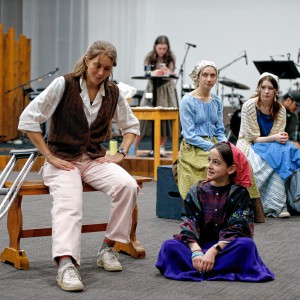 Photos: A musical classic returns
Photos: A musical classic returns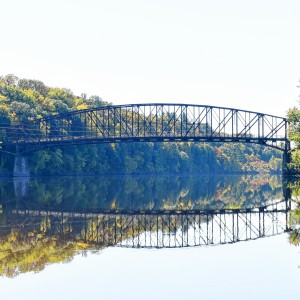 Northfield appeals to Warren, Markey for Schell Bridge aid
Northfield appeals to Warren, Markey for Schell Bridge aid Prescription Drug Take Back Day set for Saturday in 15 communities in Franklin, Hampshire counties
Prescription Drug Take Back Day set for Saturday in 15 communities in Franklin, Hampshire counties
